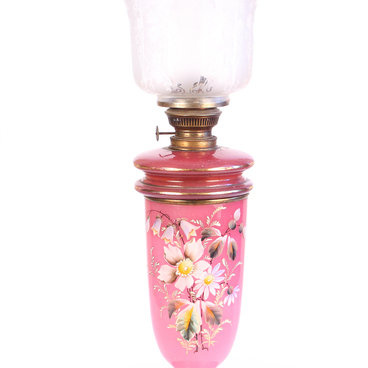There is still no agreement on the origin of the earliest bells. They were used in the daily lives of various peoples, including the Chinese, Jews, Scythians, Egyptians, Etruscans, and Greeks. In ancient times, bells served signaling and ritual purposes. They can also be considered among the earliest musical instruments.
In the 18th and early 19th centuries, there were many varieties of bells. In carts and carriages bells were suspended under the shaft. These bells performed two functions. The main function was signaling. Another function was aesthetic. Couriers, passengers, and coachmen had to endure long journeys. The pleasant sound of the bell helped to brighten the monotony of tedious journeys that often lasted for days.
Small church bells, along with larger bells, were placed at the top level of bell towers, for calling the worshipers to the church. Guard bells served a signaling function. Small ship’s bells were mandatory for equipping lifeboats on passenger ships. With the development of Russia’s railway network, transport bells began to be used as signaling devices when trains departed. There were bells for sports venues such as rings or horse and motor racing tracks, where they sounded harsh and were extremely loud, so that they could be heard over the noise created by spectators.
Calling bells differed slightly from others. In most cases, they were smaller and had a handle rather than an ear, with reinforced walls that helped produce a particularly melodious sound.
Until the invention of the telephone, a bell stood on a desk of any landlord and served as a means of communication with subordinates. In larger buildings, such as hotels, where there were multiple rooms on different floors, wires were used to connect the bells in each room with the main desk. Each room had a unique number, and when the bell rang, it was clear which room was being called.
In wealthy households, bells were also installed in each room for summoning servants, and each bell had a specific name associated with it, such as “dining, ” “boudoir, ” or “bedroom”. Until the late 20th century, call bells were still used in shops to call the seller from the back room, in a restaurant to call the waiter and the hotel worker at the reception desk.

